Green Growth
The fact that the number of companies with chief sustainability officers continues to increase on our ranking of greenest companies makes a real statement about the direction the real estate industry is taking. Rising from 12 out of 25 two years ago to 14 last year to more than 20 out of 27 this year—nearly…
The fact that the number of companies with chief sustainability officers continues to increase on our ranking of greenest companies makes a real statement about the direction the real estate industry is taking.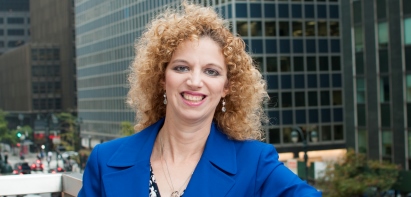
Rising from 12 out of 25 two years ago to 14 last year to more than 20 out of 27 this year—nearly the entire list—the prevalence of this management-level position illustrates the emphasis companies are placing on sustainability in their strategies. Many of the companies on this year’s list are repeat performers—leaders in the green movement—but the trend nonetheless reflects the steadily advancing efforts across the industry to produce healthier, more energy conserving and more natural environments that not only are less of a drain on their surroundings, in a growing number of cases they actually give back.
It helps that while utility companies are offering rebates for installation of a growing array of equipment, prices for that equipment continue to drop. But some alternatives remain cost prohibitive, making them an interesting but difficult goal for private investors. Such is the case with net-zero energy districts, a structure we examine in our special sustainability section this month. With a photovoltaic installation expected to take 20 years to pay off, it’s no wonder the Anna Maria Historic Village remains the only verified ZNE district (defined as adopting net-zero energy goals across a set of buildings, according to the New Buildings Institute) in North America. There are another 17 in the works—but Anna Maria remains the only privately owned property pursuing the endeavor.
At the same time, the number of individual buildings achieving net-zero is growing at a fairly rapid pace as owners and operators find ways to offset the cost. And therein lies a lesson in successful sustainability: A creative combination of alternative energy sources and prudent property upgrades to reduce consumption can improve the cost-benefit ratio.
Certainly, the application of sustainable measures continues to multiply. Even while other accreditation entities are formed, the U.S. Green Building Council’s LEED program keeps growing. In February, the organization unveiled its annual ranking of the top 10 states with per-capita LEED certifications, and while many of the top five were to be expected, the list also included a number of newcomers: Oregon, North Carolina, Hawaii and Minnesota. Also interesting was the fact that Illinois led the list; although Hines’ 1.3 million-square-foot 300 N. LaSalle certainly helped on a per-capita basis, it was just one of 171 2013-certified projects in the state. Rounding out the list were Maryland and Virginia, heavily representing the Washington, D.C., area (the District itself was not included but would have by far outranked all states on the list), Massachusetts, New York, California and Colorado.
And so the advancement of sustainable practices marches on, producing much more beneficial results than ever before.
Suzann D. Silverman, Editorial Director

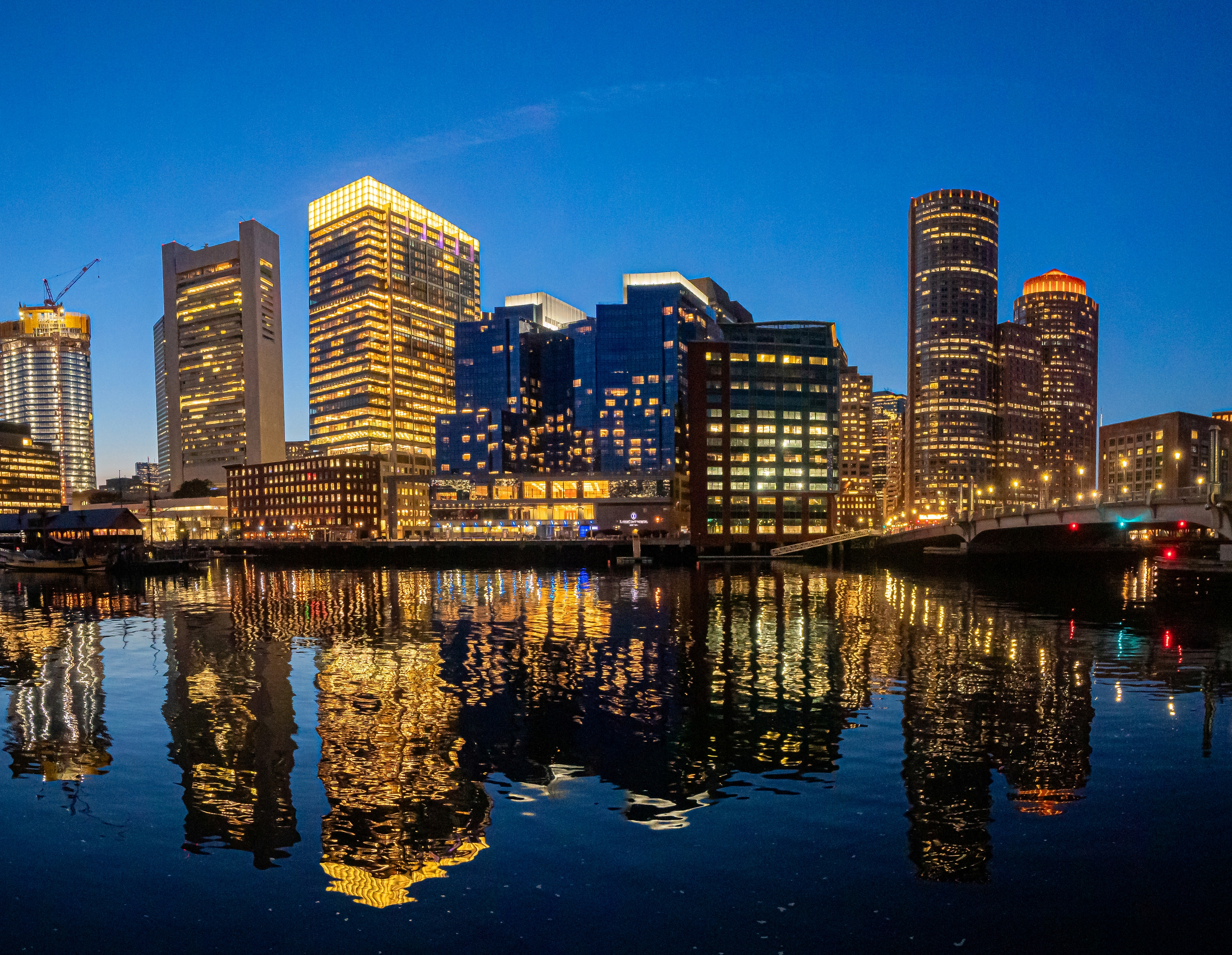
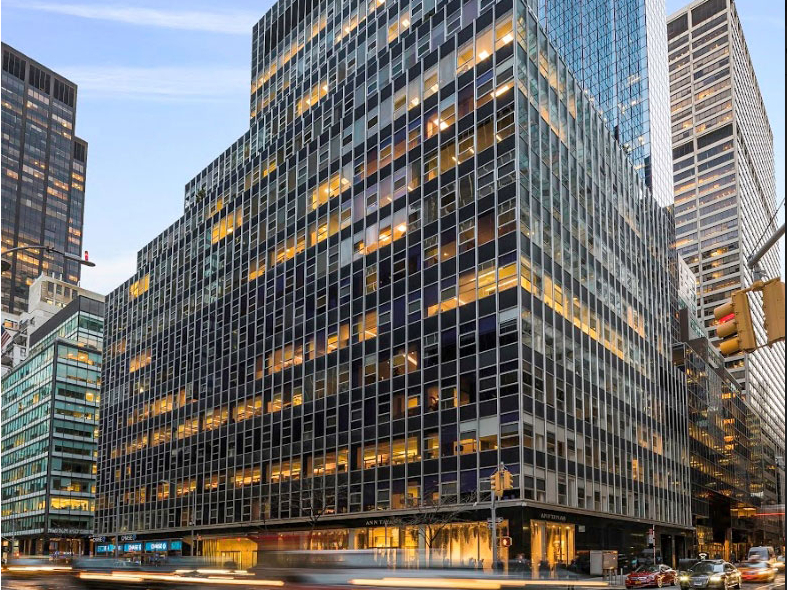
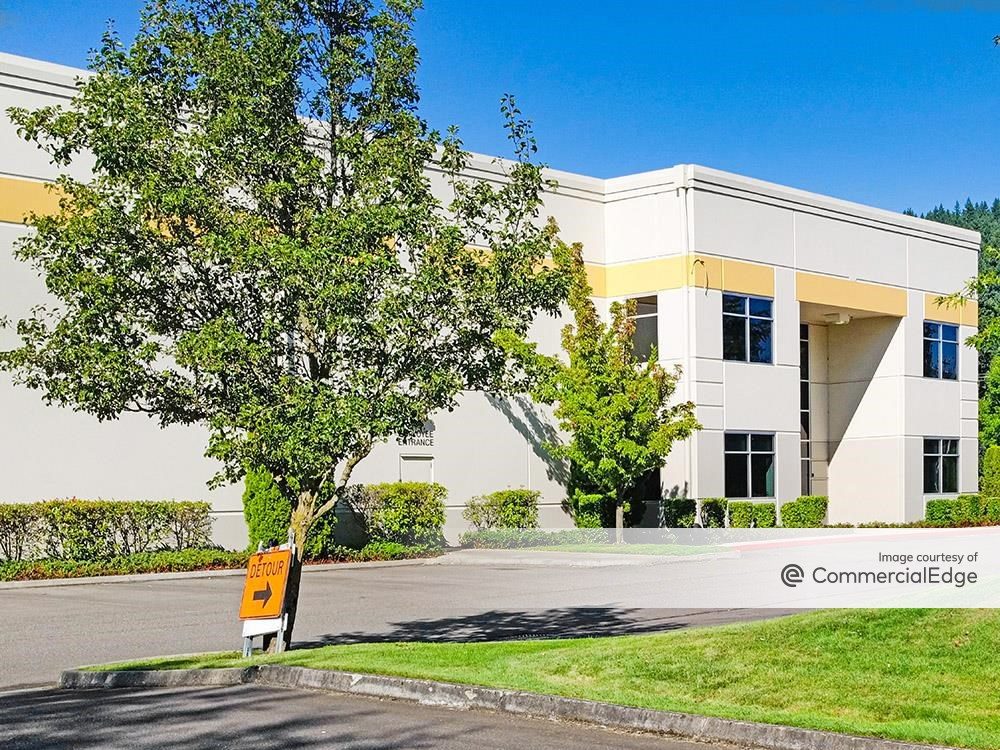
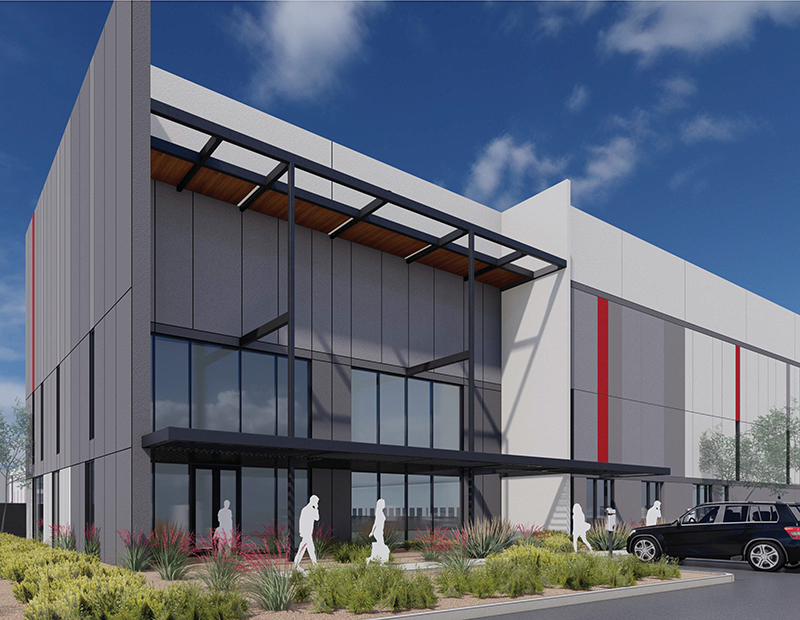
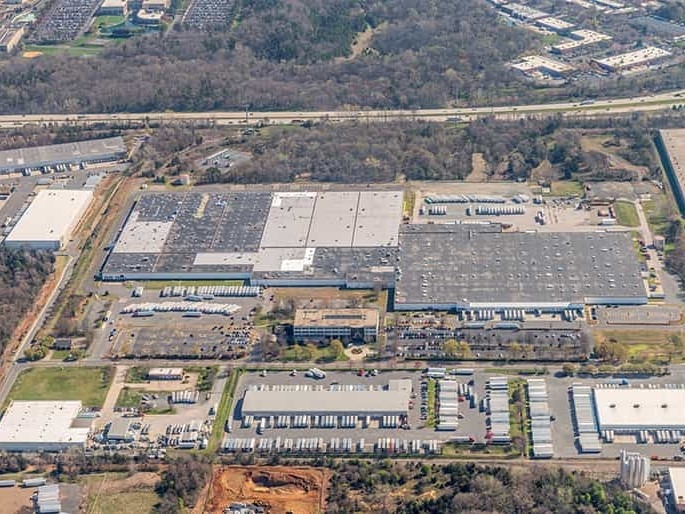

You must be logged in to post a comment.